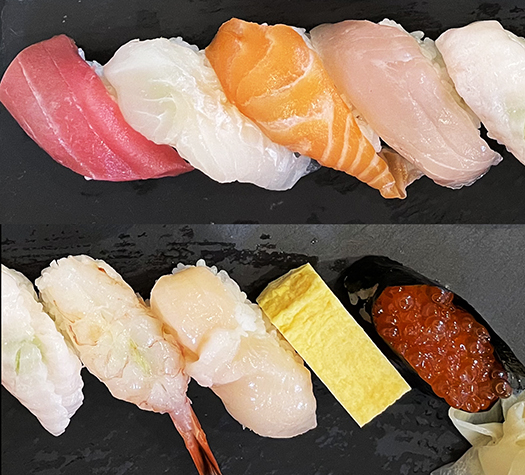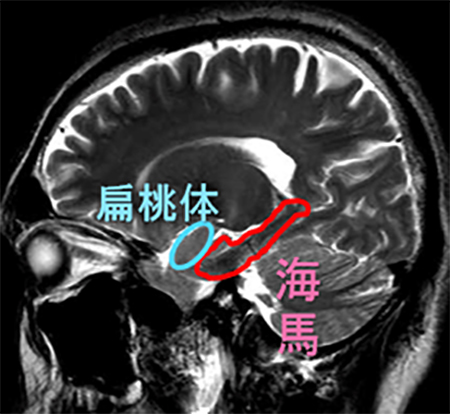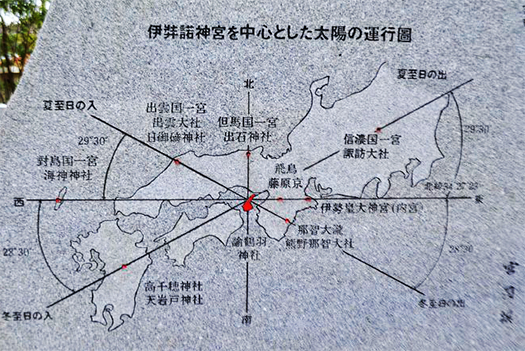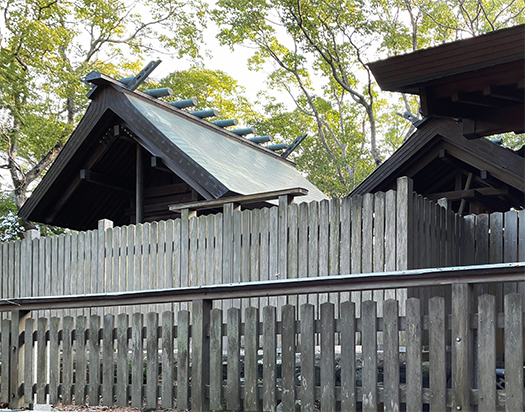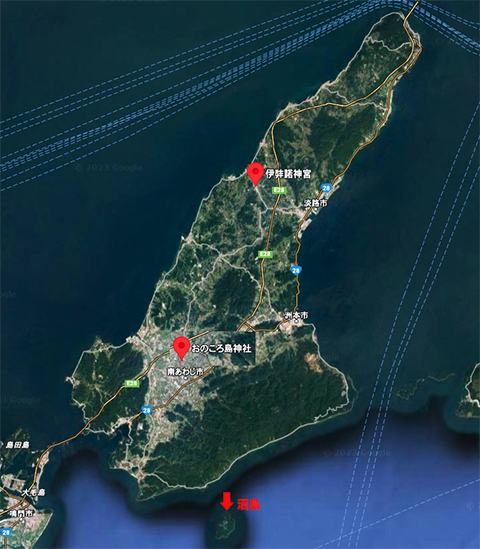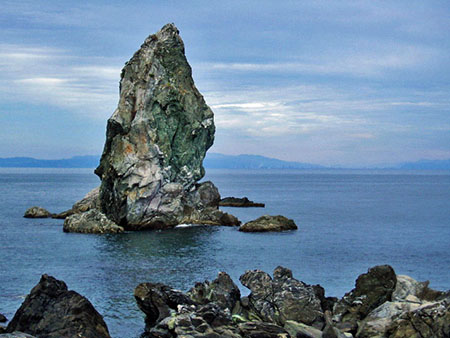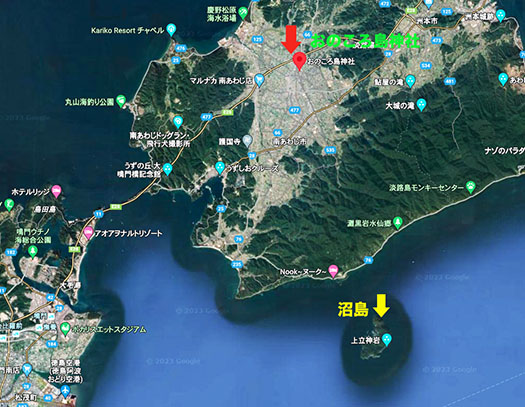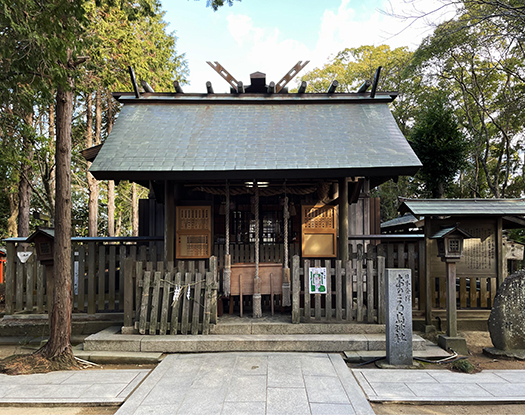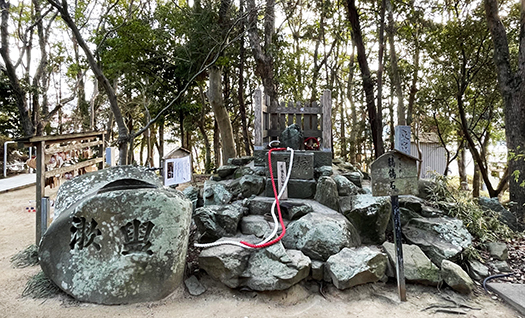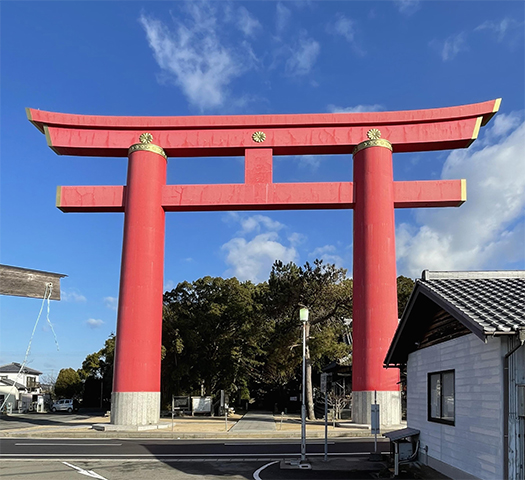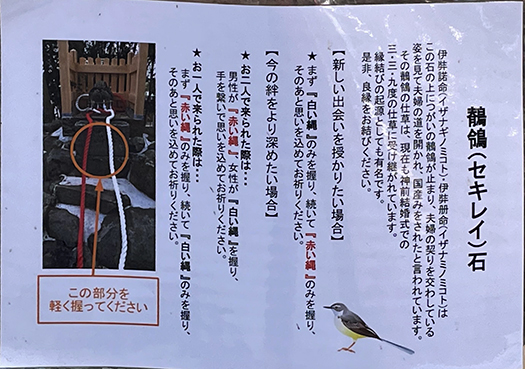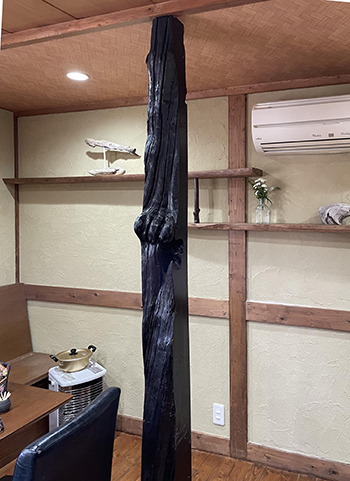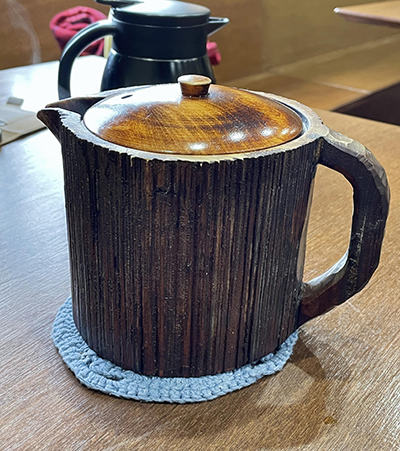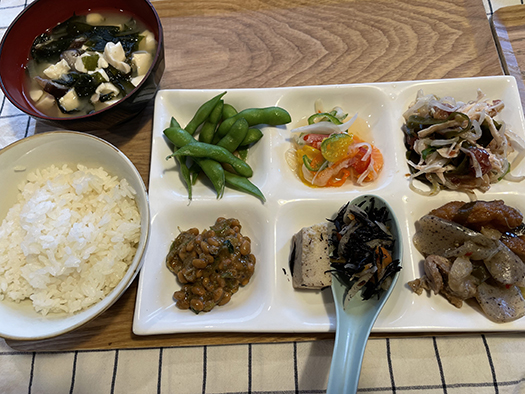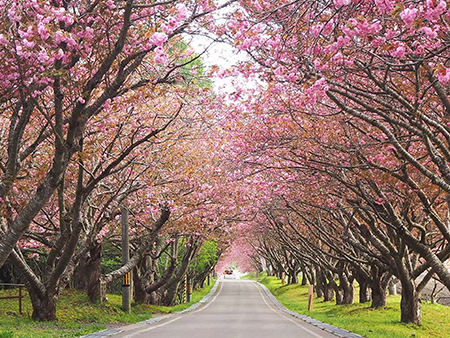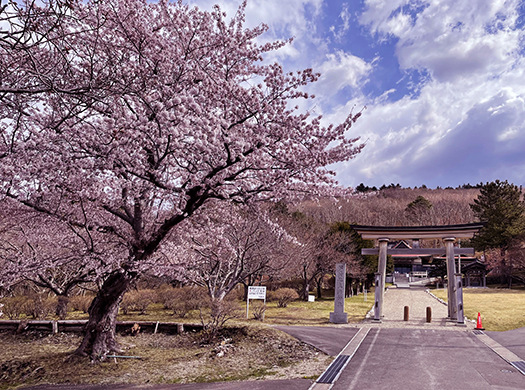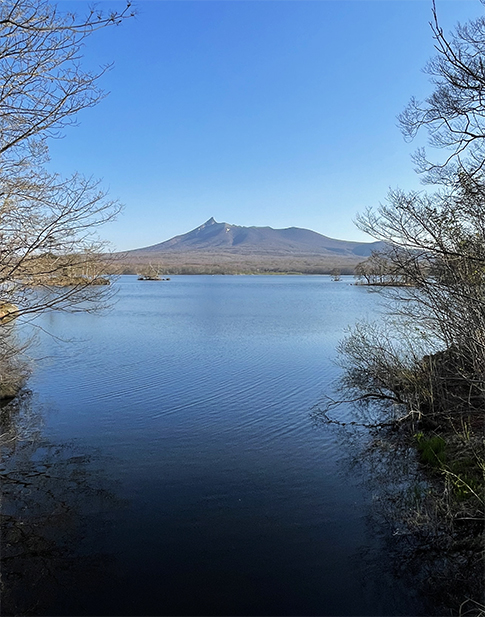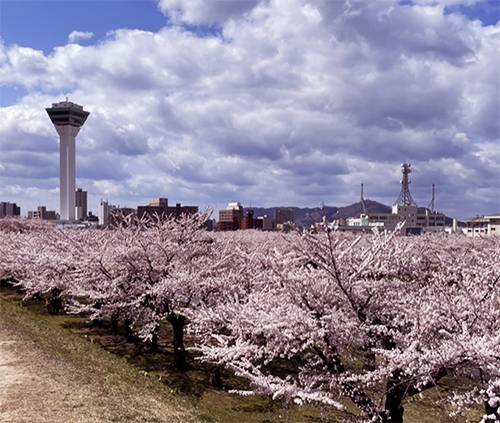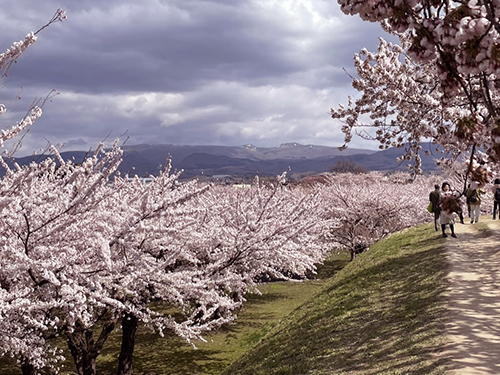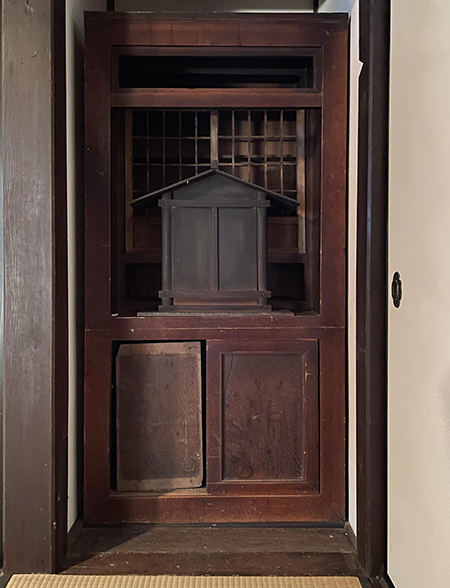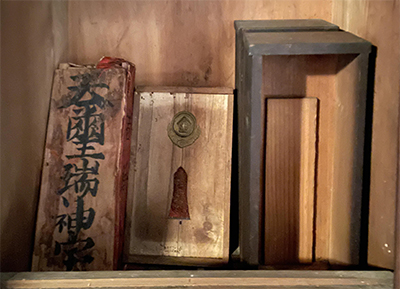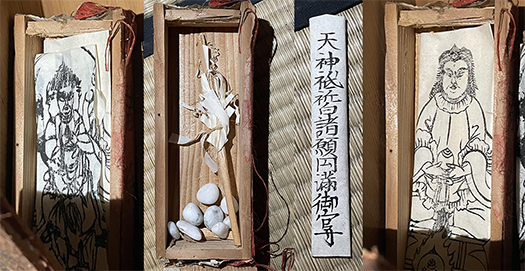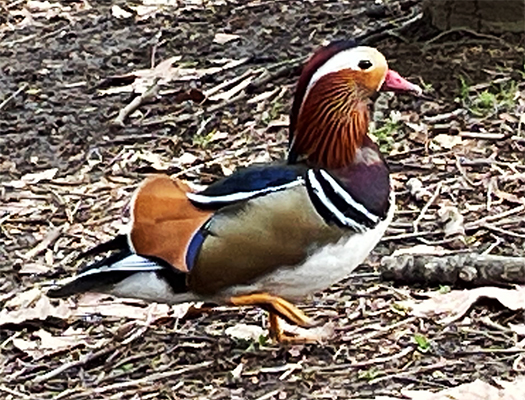
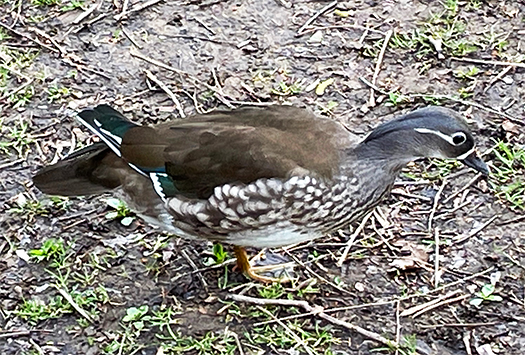
写真は毎日の早朝散歩コース、北海道神宮〜円山公園の池に棲息しているオシドリの雌雄。北海道では雪が融けて花々の一斉開花が一段落してくると、動物たちの繁殖シーズンが始まる。
ちいさなオシドリコミュニティのなかでやがて「オシドリ夫婦」としてつがいが形成されていくのですが、そういう予感があるのかないのか、という時期であります。毎年、もう少しすると雌雄のつがいたちは群を出発してランデブーデートに勤しむようになる。この池から遠く500mくらい離れた円山の山裾などでよくデートの様子を見かけるようになる。仲良きことはすばらしい、と若さに応援したくなる(笑)。
雌雄の様子を見ていると、のびのびとした体動作を感じるのが2枚目のメスの方で、1枚目のオスの方はわたしの構えるiPhoneに対して注意して、首を立てて警戒感を持っている様子がわかる。万が一、わたしが悪意を持った所業に及べば、即座に逃げ出すような緊張感をただよわせている。メスの方は、そういう過剰反応は見せることなく、淡々と現実世界に対して肯定的な生き方を生きているように思える。
やっぱり女の力はすごい。オスは目立つ毛色で着飾ってメスの注意をひくのがかれらの世界の掟。かれらの世界でのペアリングでは雌雄どちらがより強い「選択行動」に及ぶのかはわからないけれど、わたしども人間の男として見ていても、メスの方がどっしりと落ち着きがあって好ましい(笑)。はじめのうちはわたしもオスたちの派手な羽毛の色彩に驚いていたけれど、見る毎にメスの「しなやかさ」の方に惹かれていく。
きのうまでの超多忙がなんとか一段落して、あとは直近の目標については連休明け2日間程度に作業が残るだけ。ただ、カミさんは月末経理作業もあって仕事が立て込んでいた。
ことしは北海道、雪融けもサクラ開花も早くて、もうサクラは札幌では散っている。そして百花繚乱のようにさまざまな花々が一気に妍を競うシーズンになりました。きょうからの連休はなるべくノンビリと自然の様子にふれあって過ごしたいと思います。きょうは寒暖の差が激しく最低気温2°で最高気温24°にもなるそうです。体調管理には留意して、自然と同期するように過ごしたいと思います。
English version⬇
Refresh your mind by returning to nature during the consecutive holidays.
The mandarin ducks, in their natural habitat, heal me. I want to change from a slammed brain and hippocampus full of blood to the rhythm of nature. The rest of the day is a time of restoration and relaxation.
The photo shows a male and female mandarin duck living in a pond in Maruyama Park, a daily early morning walking course between Hokkaido Shrine and Maruyama Park. In Hokkaido, when the snow melts and all the flowers are in bloom at once, the breeding season for animals begins.
In the tiny mandarin duck community, mating pairs will eventually form as “mandarin duck couples,” and this is the time of year when we wonder whether we have such a premonition or not. Every year, a little later, the male and female mates leave the flock to work on their rendezvous date. I often see them dating at the foot of Mt. I was tempted to cheer them on in their youthfulness, saying, “It’s wonderful that they get along so well with each other.
When I look at the male and female, the female in the second photo is more spontaneous in her body movements, while the male in the first photo is more alert, holding his head up to my iPhone. The male in the first photo is standing at attention to my iPhone, and seems to be on the lookout for me. The female does not show such an overreaction, but seems to be living a positive life in the real world without hesitation.
The female’s power is amazing. It is a law in their world that males should attract females’ attention by dressing up in conspicuous fur colors. I don’t know which of the sexes is more selective in their pairing behavior, but as a human male, I prefer the female to the male because she seems to be more relaxed and calm (laughs). At first, I was surprised at the colorful feathers of the males, but the more I looked at them, the more I was attracted to the “suppleness” of the females.
The extremely busy schedule up until yesterday has somehow come to an end, and I only have about two days of work left to do before the end of the holidays to achieve my latest goals. However, Kami had a lot of work to do, including accounting work at the end of the month.
The snow melted and the cherry blossoms bloomed early this year in Hokkaido, and the cherry blossoms have already fallen in Sapporo. And it is now the season for various flowers to come into bloom at once, as if a hundred flowers are blooming at once. I would like to spend the consecutive holidays starting today as leisurely as possible in contact with nature. Today’s temperatures are said to range from a low of 2°C to a high of 24°C. I will take care of my physical condition and try to spend my time in sync with nature.
Posted on 5月 3rd, 2023 by 三木 奎吾
Filed under: こちら発行人です | No Comments »


